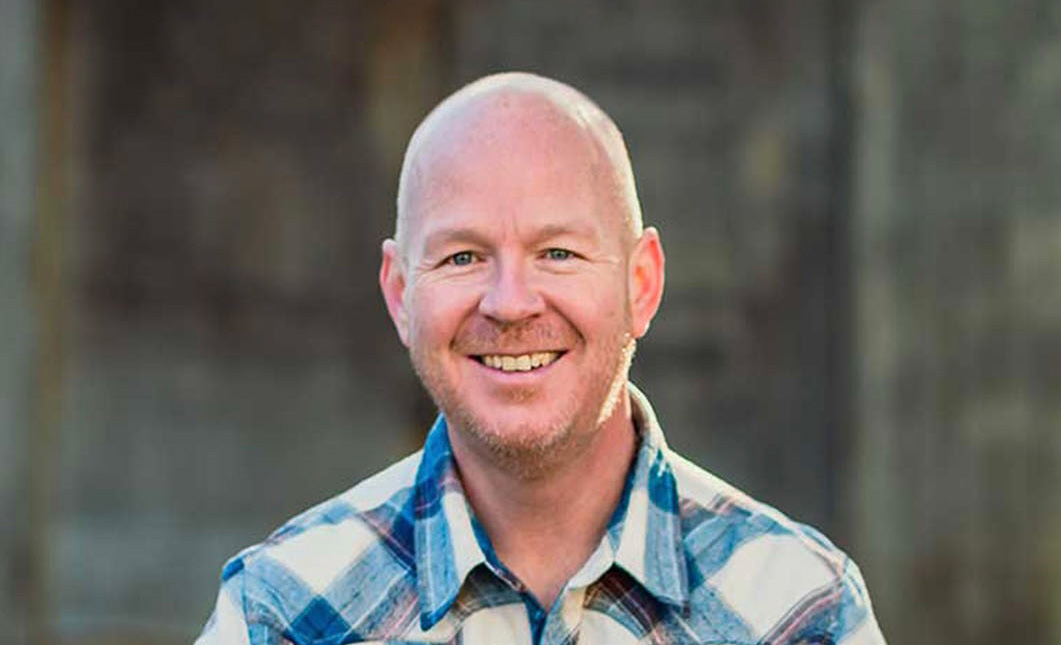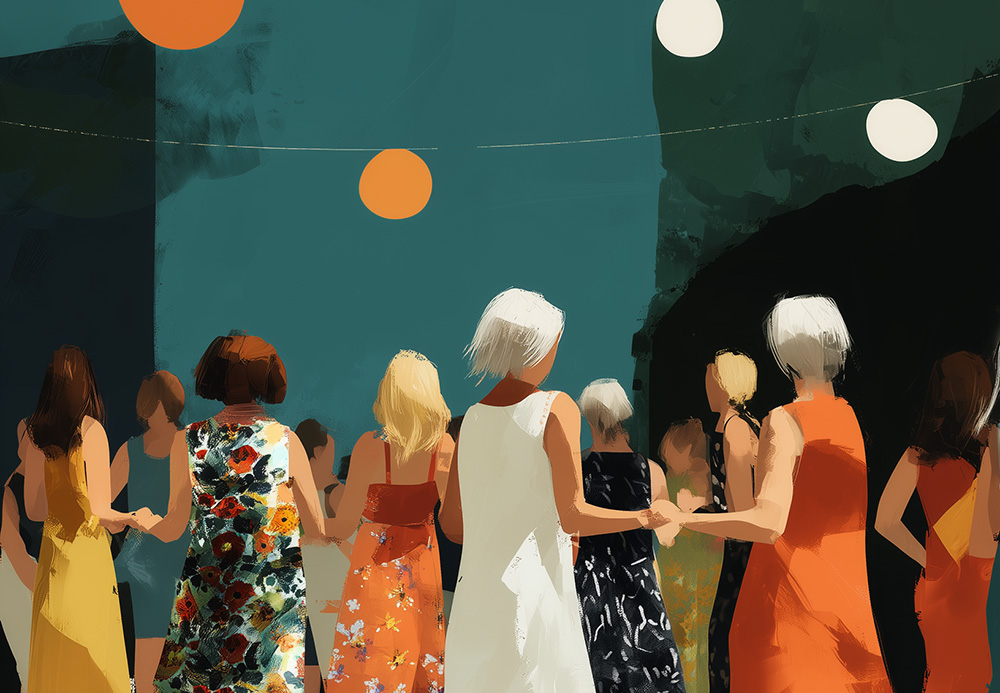Play/plā/
verb
engage in activity for enjoyment and recreation rather than a serious or practical purpose.
We often associate play with the stuff of childhood — toys and bikes, playgrounds and sandboxes, endless imagination. But play is important at every age.
Stuart Brown, founder of the National Institute for Play writes that play, “is what lifts people out of the mundane.” He compares play to oxygen, saying, “it's all around us, yet it goes mostly unnoticed or unappreciated until it is missing.”
And for many people in midlife, play does seem to be missing.
So where does play go in midlife?
In midlife, pressures push in from so many directions: Changing demands in our health, relationships and caregiving roles, financial stresses, work deadlines, the mental load and the state of the world. For so many, the idea of play feels out of reach, even frivolous.
In our play survey, InHabit readers reflected on why play is so elusive these days. While a few of you said play comes easy, many of you said you’re exhausted, or don’t even know what would be fun anymore. You even said you’ve accepted you might not be able to play until you retire: “It sounds sad, but maybe also just plain practical.” You also told us about playful moments you’ve experienced, and shared amazing ideas for your dream grown up playground. You can read more from the survey here.
Despite its elusiveness these days, play really is vital to our health and well-being. It reduces stress, improves creativity, strengthens relationships, and even boosts our cognitive flexibility. And when times are tough, play can be a kind of lifeline — a way to step out of the rushing current of stress and overwhelm to catch our breath and remember who we are.
It’s closer than you think
If you’re someone who knows all this and prioritizes play come hell or high water, I salute you. And if you just rolled your eyes because you also know this but, “who’s got the time and energy?” I also salute you. I know so many of us struggle with play; so I approached this issue with a genuine desire to learn, and gleaned a few things along the way.
Play is play, no matter how small.
Sometimes it feels like any play is unreachable — the lift too heavy, the barrier too high. But we don’t actually need to overhaul our lives to find play again, we might just need to overhaul our ideas about play itself. Play isn’t all pickleball and puzzles, pictionary and ping pong. It’s anything that lifts us out of the grind and drops us into the present — a state of curiosity, connection, and joy.
You don’t need toys or tools; you don’t need more money, more time, or even more energy than you have right now in order to play. You can start small. Really small. You can doodle on a scrap of paper. Put on music and move. Make silly faces. Watch clouds. Build a card tower. Prank call a friend. Try something on our play list. It all counts.
Play gives more than it takes.
So, even if all you can muster is an infinitesimal sliver of curiosity or playfulness, it’s enough, and it’s worth it. Even a small lean into play and curiosity can lead us to moments of joy, delight, freedom, and pleasure.
In this issue
We’ve packed a lot into this mini issue! Whether you find play effortless or elusive, you’ll find some comforting and inspiring voices, fresh ideas, and plenty of low-lift ways to bring more fun into your days.
Don’t miss Peter’s delightful conversation with MEA founder Chip Conley, where they discuss joy and play in our second half. And be sure to check out our conversations with Cronut™ creator Chef Dominique Ansel and RESPONSIBLE CEO Mark Dowds.
I’m excited to feature a piece by Mary Van Geffen (a fave) on rediscovering wonder as a parent, and an excerpt from Catherine Price’s fantastic book The Power of Fun: How to Feel Alive Again. We also explore the role of playfulness in sexual well-being, the serious business of being silly, and more.
Happy exploring!
Warmly,













